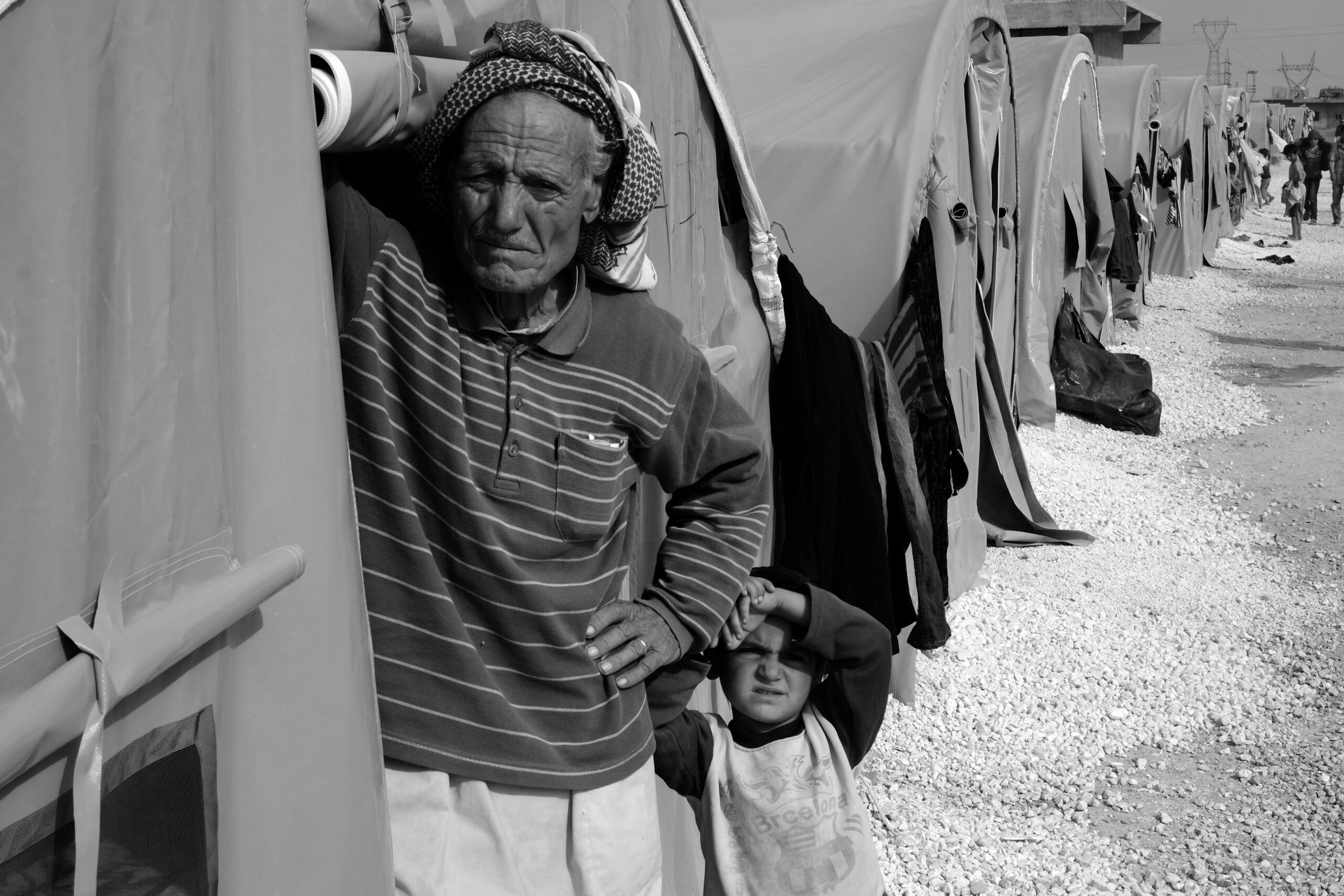Language is more than just a means of communication—it is a living repository of culture, history, and identity. For many immigrant families, however, the passage of time brings a gradual erosion of their native tongue. As younger generations adapt to dominant languages in their new homeland, the intergenerational transmission of heritage languages faces unprecedented challenges. This phenomenon, often termed language loss or attrition, has far-reaching implications for cultural identity, family dynamics, and community cohesion.

The Roots of Language Loss
Several factors contribute to the gradual decline of native languages within immigrant families:
- Assimilation Pressures: Immigrant children often grow up in educational systems and social environments where the dominant language prevails. This immersion leads them to adopt that language for academic and social success, sidelining their heritage tongue.
- Economic Incentives: Proficiency in the dominant language is frequently linked to better job opportunities and economic advancement. Families may prioritize fluency in this language, inadvertently reducing daily use of their native language.
- Media and Technology: With the overwhelming presence of mainstream media, social networks, and digital content in the dominant language, younger generations are more exposed to and influenced by it.
- Educational Policies: In many regions, bilingual or heritage language education is limited. The lack of formal support can accelerate the shift toward the dominant language.
Intergenerational Dynamics and Cultural Impact
The interplay between generations often defines how language loss unfolds:
- Grandparent Generation: Often monolingual or minimally bilingual, they serve as the custodians of the heritage language, holding deep cultural narratives and traditional expressions.
- Parental Generation: Many parents are bilingual but tend to lean toward the dominant language to ensure their children’s social integration and academic success.
- Youth: Children and teenagers typically prioritize the language of their peers and schooling, which can lead to a diminished connection with their cultural roots and familial traditions.
This gradual shift can create emotional and cultural divides. While bilingualism offers cognitive advantages, the loss of a heritage language may result in feelings of disconnection from one’s ancestry and community narratives.

Beyond the Classroom: Strategies for Preservation
Recognizing these challenges, communities and educators have developed various strategies to support language retention:
- Community Language Programs: Local cultural centers and heritage organizations are establishing language schools and cultural workshops. These programs offer classes in traditional music, storytelling, and crafts alongside language instruction.
- Digital Innovations: Technology plays a pivotal role in modern language preservation. Mobile apps, online courses, and virtual language exchanges provide accessible platforms for learning and practicing heritage languages. Social media groups and digital storytelling projects also create virtual spaces for cultural exchange.
- Bilingual Education Initiatives: Some school districts and community colleges are beginning to implement bilingual or dual-language programs. These initiatives help students develop academic proficiency in both the dominant and their native languages, reinforcing cultural identity.
- Family Engagement: Encouraging intergenerational communication at home can be effective. Simple practices—such as dedicated language days, cultural cooking sessions, and family storytelling—help sustain the native language in everyday life.
Policy and Community Support
Government policies and community support systems are crucial for fostering an environment where heritage languages can thrive:
- Government Incentives: Grants and subsidies for bilingual education programs, cultural festivals, and community centers can provide essential resources for language preservation.
- Inclusive Cultural Policies: Recognizing heritage languages in public signage, media broadcasts, and community events helps validate the cultural contributions of immigrant communities.
- Research and Advocacy: Linguistic researchers and cultural advocates continue to document and raise awareness about language loss, offering data-driven insights that shape policy and community initiatives.
Looking Ahead: The Future of Heritage Languages
The challenge of language loss is not insurmountable. With concerted efforts from families, educators, policymakers, and communities, the heritage language can be revitalized. Embracing bilingualism and cultural diversity not only preserves the past but also enriches the social fabric of future generations. As communities worldwide navigate the delicate balance between assimilation and preservation, the resilience and adaptability of immigrant cultures continue to shine.

Frequently Asked Questions
Q: What are the primary reasons immigrant families experience language loss?
A: Language loss often occurs due to the pressures of assimilation, economic incentives favoring the dominant language, limited exposure to heritage language media, and insufficient educational support for bilingual learning.
Q: How does language loss impact cultural identity?
A: The erosion of a heritage language can lead to a disconnection from cultural traditions, family history, and community values. It may create emotional gaps between generations, reducing the richness of cultural exchange.
Q: What role can technology play in preserving heritage languages?
A: Technology offers a variety of tools—from mobile apps and online courses to social media communities—that provide accessible, engaging platforms for learning and practicing heritage languages, thereby supporting language retention.
Q: Can bilingual education help mitigate language loss?
A: Yes, bilingual education programs promote fluency in both the dominant and heritage languages. Such programs reinforce cultural identity and ensure that children can excel academically while staying connected to their roots.
Q: What steps can families take to preserve their native language at home?
A: Families can set aside regular times for using the native language, engage in cultural activities like storytelling and cooking traditional recipes, and participate in community events or language classes that celebrate their cultural heritage.
In summary, while the challenges of language loss in immigrant families are significant, a combination of community initiatives, technological innovations, and supportive policies offers hope. Embracing both the dominant and heritage languages can empower future generations to carry forward their cultural legacy while thriving in a multicultural world.
Sources The Chronicle


